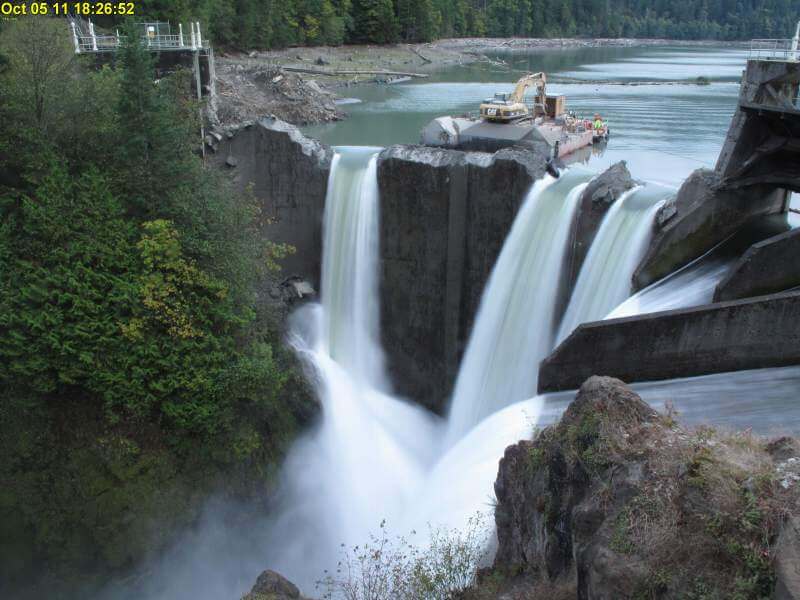From Guest Blogger Emily Folk: What’s the Potential for Hydroelectric Power?

China is the world’s largest producer of hydroelectric power, and more than 60 nations around the world get more than half of their power from hydro. It makes up seven percent of the electricity produced in the United States.
Hydro is already an important source of energy, but could we be using more? What’s the potential of hydroelectric power?
Potential and Recent Growth
The theoretical potential of hydropower is 2,800 gigawatts, but we can’t actually develop all of that economically. Environmental and social concerns also prevent us from using some potential hydropower. Although it doesn’t create any emissions, dams to alter their local environments and can cause the displacement of people who live near them.
Estimates vary but some reports suggest that we could have 2000 to 2050 GW installed by 2050, which would double the current capacity. Potential hydro sites are especially abundant in Central Africa, Latin American, India and China.
Hydroelectricity grew from 1879 when the first hydro plant was built at Niagara Falls until the early 1990s when growth became mostly flat. Recently, though, it’s begun to pick up again as clean energy becomes more of a priority and hydro technologies improve.
Some of that growth could come from dams that are already built. More than 90 percent of dams in the United States are used for inland navigation, controlling water supply and other reason but aren’t equipped with power-generation capabilities. According to the U.S. Department of Energy, retrofitting these dams with power generation technology could add 12 GW of capacity, which is 15 percent of current U.S. hydro capacity.
Benefits
Using hydropower has a number of benefits that make it a valuable energy resource and could increase its prominence in the coming years.
Hydropower is a clean and renewable source of energy. Generating electricity with hydro doesn’t require burning any fuels so there are no emissions.
Unlike other renewable energy sources such as wind and solar, which are intermittent, hydro is a baseload power source. While the amount of wind and solar energy produced depends on how much wind and sun there are, hydro is always available. This helps to balance out that intermittency. It can also store energy, which is crucial for balancing out fluctuations in demand
With a cost of less than five cents per kilowatt-hour (kWh), hydropower is also very affordable.
Drawbacks and Challenges
Hydropower isn’t without it’s drawbacks and challenges though.
While it doesn’t have any emissions and doesn’t have a global environmental impact, it does have a local one. Damming a river disrupts local habitats and can change fish migration patterns and shrink their populations. Dams can also lower the amount of dissolved oxygen in the water, which is harmful for the species that live in it. One study even found that standing water caused by dams could lead to the release of methane, a greenhouse gas, as organisms in the water break down.
Climate change is also making it more challenges to predict river flows as fluctuations in rainfall become more pronounced. Climate change may cause more instances of drought and of heavy rainfall. This makes it harder to decide where to build dams and forecast how much energy they’ll provide.
Recent Improvements
Recent technological advances, however, are helping to alleviate some of those concerns by making dams more efficient and making operating them even more affordable.
Companies are continuing to develop more efficient turbines, which may help to alleviate some of the concerns about droughts. Energy companies are also implementing various operational improvements and using new technologies to increase efficiency and reduce costs. Underwater drones, for instance, reduce the costs of inspections, making regular maintenance more feasible and reducing the overall cost of the electricity a plant produces.
Researchers are also experimenting with completely new technologies, includes hydropower that doesn’t require a dam, which would eliminate much of the harmful environmental impacts associated with hydro.
Hydropower may be one of the older forms of electricity generation, but it still plays an important role today. That role may become even more crucial as we face challenges brought on by climate change, increasing populations and growing energy demand.
